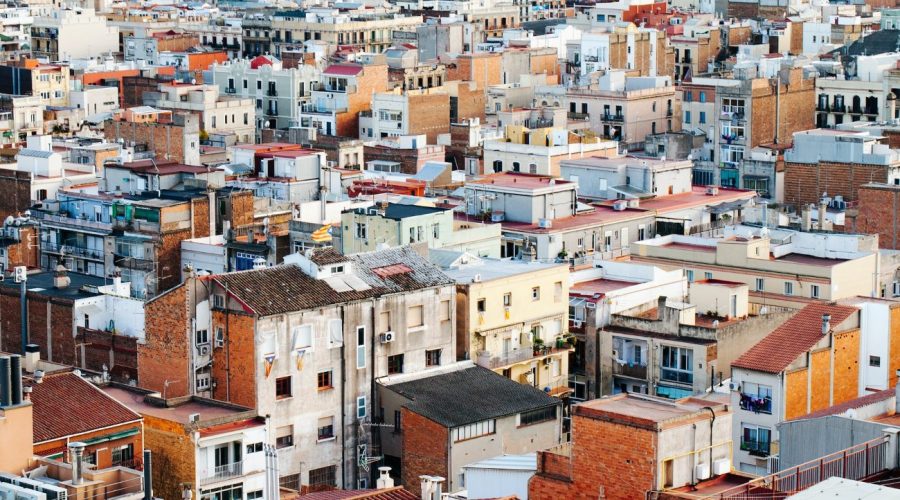Madrid Metro History: From Humble Beginnings to World-Class Transportation
The Madrid Metro began its operation more than a century ago. Through its critical role in city transportation Madrid Metro represents the city’s organizational progress while contributing to its operational expansion. We will trace the Madrid Metro’s evolution from its first days to becoming one of the largest most efficient metro systems in the world within this blog post.
Early Beginnings: The Inception of Madrid Metro
Construction for the Madrid Metro project started in 1917 after its initiative in the late 19th century. Indian public access Line 1 for the first time on October 17, 1919. The 3.5-kilometer route had eight stations that linked Cuatro Caminos to Sol. The metro network expansion plans gained momentum because the first line achieved instant success.
Expansion and Growth
Through multiple years Madrid Metro developed both new station locations and new transport lines. The metro network received Line 2 during the 1920s as the system expanded beyond Ventas. The development of Line 3 in the 1930s allowed passengers to reach Embajadores from Sol. Expansion of the metro network required delays when the Spanish Civil War began before resuming construction during the 1940s.
During the 1960s the Madrid Metro system expanded very quickly. Line 4 played a significant role during this period because it created the Argüelles to Carabanchel connection in 1964. The Madrid Metro system continued its growth journey during the 1970s by adding new routes between communities to deliver better access to all residents and tourists.
Technological Innovations and Modernization
Throughout its history Madrid Metro conducted extensive research in metro technology to push the limits of system development. Automatic train operation was launched by the system in the 1980s to improve both train speed and operational efficiency. Through the adoption of magnetic stripe tickets Madrid Metro provided improved convenience to passengers during their ticketing process.
The modernization movement for Madrid Metro reached its peak during the 1990s. The expansion of the network through two new lines allowed Madrid Metro to open Lines 10 and 12 making the city more connected. Smart cards represented by the Transporte Público Tarjeta became widespread because they simplified ticketing procedures as well as streamlining transit between multiple modes of transport.
Growth in the 21st Century
During the current years Madrid Metro maintains an active expansion policy as well as technological improvements. A transportation link called Line 8 established its services between the airport and city center during the year 1999 for traveler convenience. In 2003 authorities added Line 11 to augment the existing network system.
The public transportation system of Madrid Metro now encompasses 13 lines that extend from 302 stations across 294 kilometers of the metropolitan area. With 294 kilometers of routes Madrid Metro ranks as the eighth largest metro system globally while carrying numerous passengers each day. The trains run with regular frequency and exact timing which makes them a dependable means of travel for city residents as well as traveling tourists.
Architectural Marvels: Metro Stations as Works of Art
Madrid Metro stands out for its remarkable architecture as well as serving its operational needs. Several stations in the metro system showcase distinctive architectural designs together with artistic exhibits to convert the underground network into a subterranean artwork collection. The noteworthy artwork combined with extraordinary architectural features of Sol, Retiro, and Chamartín stations makes traveling by metro into a beautiful artistic experience for subway commuters.
Conclusion
The progressive vision of Madrid combined with efficient transport needs led to the creation of Madrid Metro which represents the city’s evolution in these fields. Since its humble start during the early 20th century the Madrid Metro transformed into an international standard metro network which serves as a transportation hub linking various neighborhoods while expanding cultural opportunities throughout the city. The transit system has evolved through time to serve residents and visitors diligently and this makes it an integral part of Madrid’s cultural fabric.
Table of Contents



